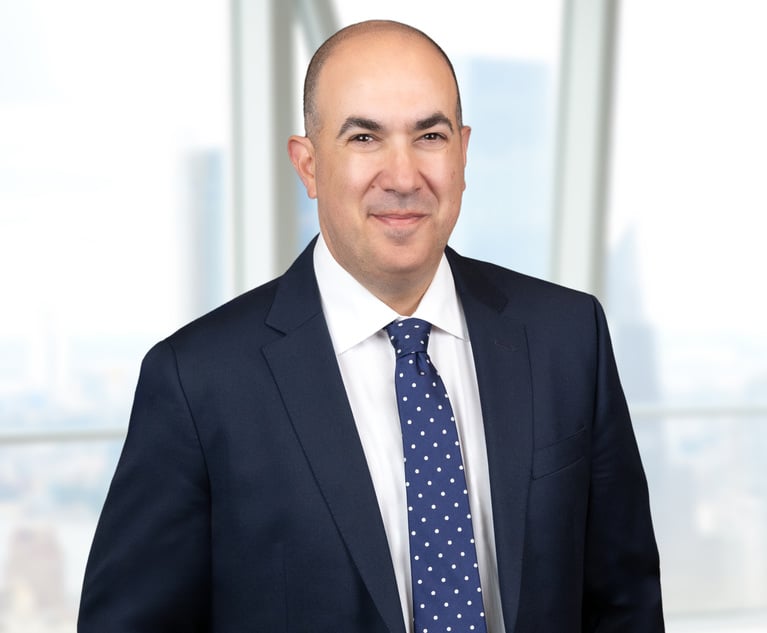The COVID-19 pandemic has caused business disruptions that vary through each sector, region and country. One such challenge for companies during the business slowdown has been reduced staffs and increased workloads for compliance departments. Texas Lawyer spoke recently with four attorneys at Greenberg Traurig about the opportunities for compliance teams to enhance compliance programs during the crisis.
Can you tell us about what’s happening with the compliance teams of businesses that are still operational during the COVID-19 pandemic?


 L-R: Adelaida Vasquez Mihu, Sandra D. Gonzalez, Cuneyt A. Akay and Michael X. Marinelli of Greenberg Traurig.
L-R: Adelaida Vasquez Mihu, Sandra D. Gonzalez, Cuneyt A. Akay and Michael X. Marinelli of Greenberg Traurig.




